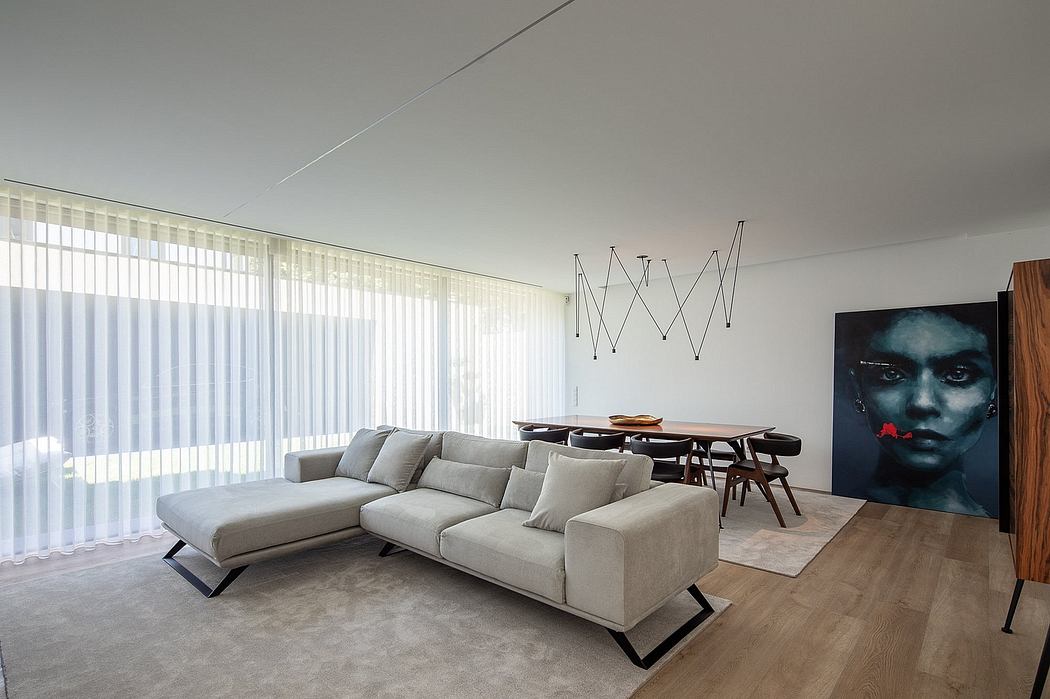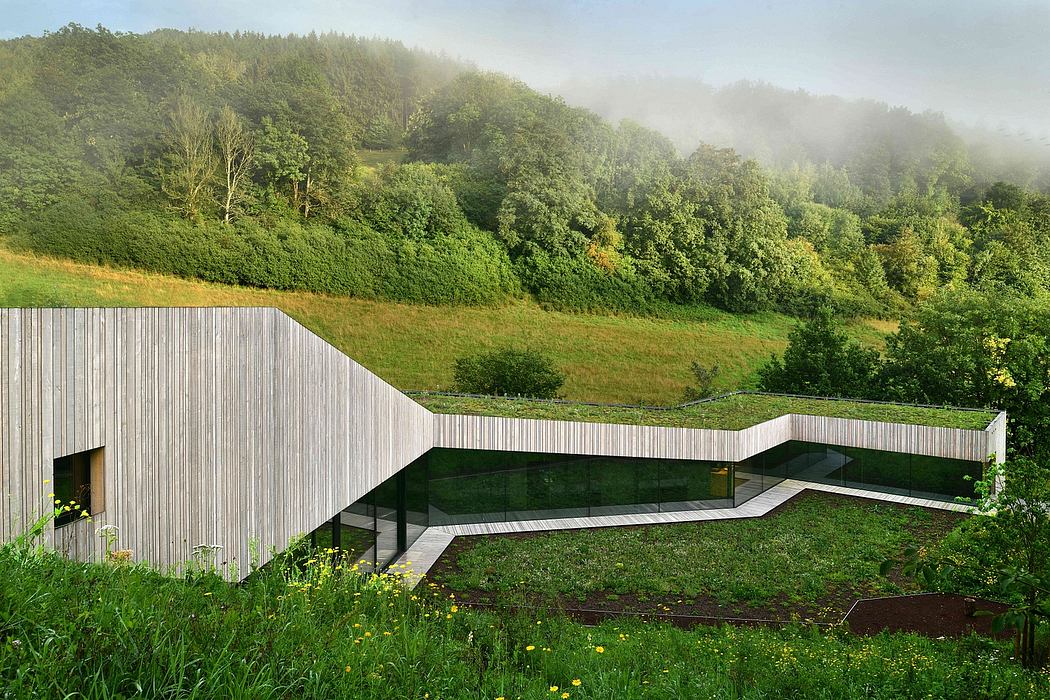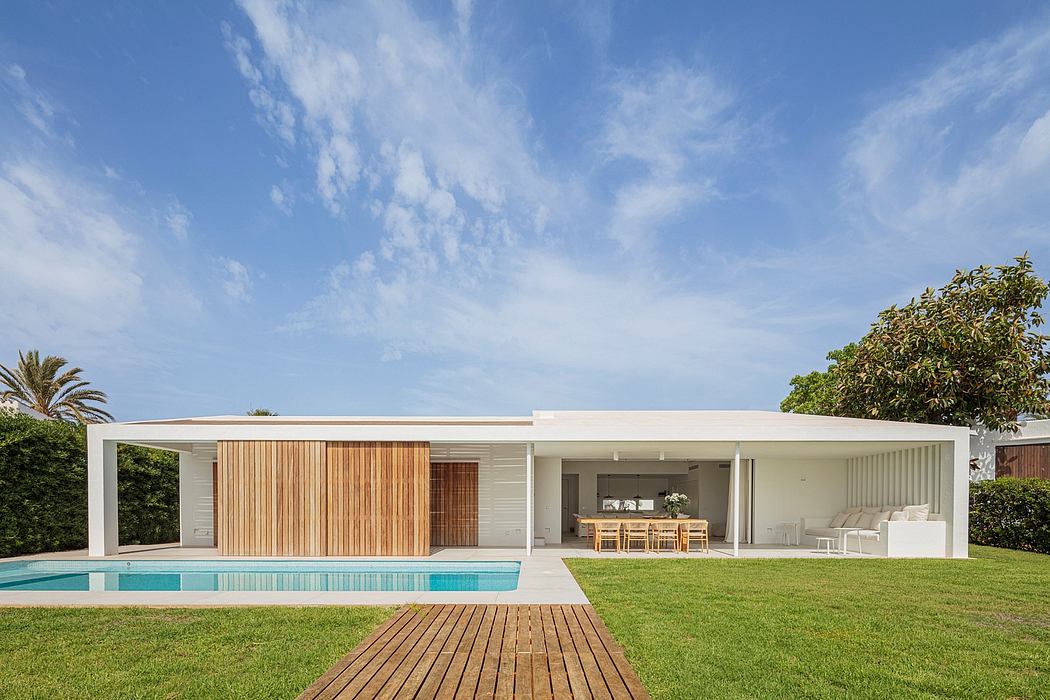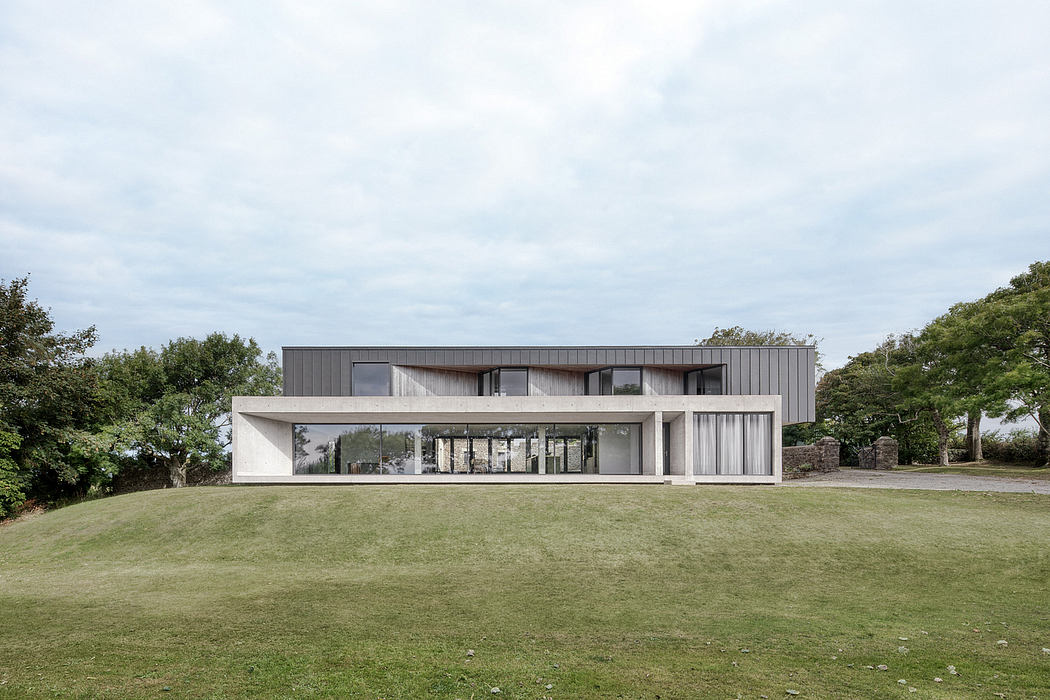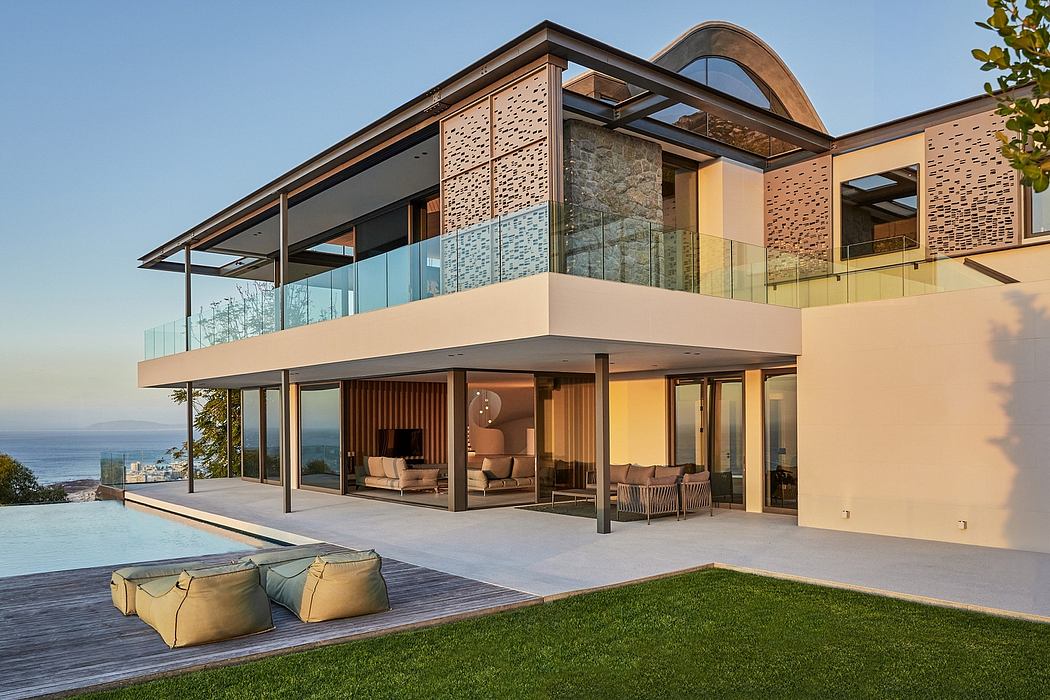How playground design can build a more inclusive city
/cdn.vox-cdn.com/uploads/chorus_asset/file/11718971/shutterstock_1933690.jpg)
Nearly one in five people have a disability in the U.S., yet most playgrounds aren?t built to accommodate them Lucia Dawkins loves to swing. Her mom, Juliet, says that when Lucia gets on a swing, ?Her face just lights up into a big smile. It?s her favorite thing to do.? But unlike most of the children in parks around Denver, Colorado, where she lives, 6-year-old Lucia doesn?t have a place to play.
That?s because at 2 weeks old, Lucia was diagnosed with a rare genetic condition called Pallister-Killian Syndrome. Lucia?nicknamed LuBird?is in a wheelchair, legally blind, and nonverbal. When she goes to parks with her two younger siblings, ?the playground is such a barrier for her,? says Juliet Dawkins. ?Often the surfacing alone is hard to push a wheelchair. And if we are able to access a playground, there isn?t anything for her to do.? The challenges faced by families like the Dawkins play out in cities throughout the U.S., where the vast majority of playgrounds aren?t built to accommodate differences in ability. Nearly one in five people have a disability in the U.S., and 13 percent of kids enrolled in public school (about 6.7 million children) receive extra services for needs ranging from autism to hearing impairment. Whether a child has cognitive issues, mobility challenges, or both, the design of most urban play areas inadvertently excludes a significant portion of the population playgrounds were built to serve.
Thanks to parents like Dawkins, however, things are...
| -------------------------------- |
| A Local's Guide to Via del Corso: Hidden Gems and Must-See Spots? |
|
|





